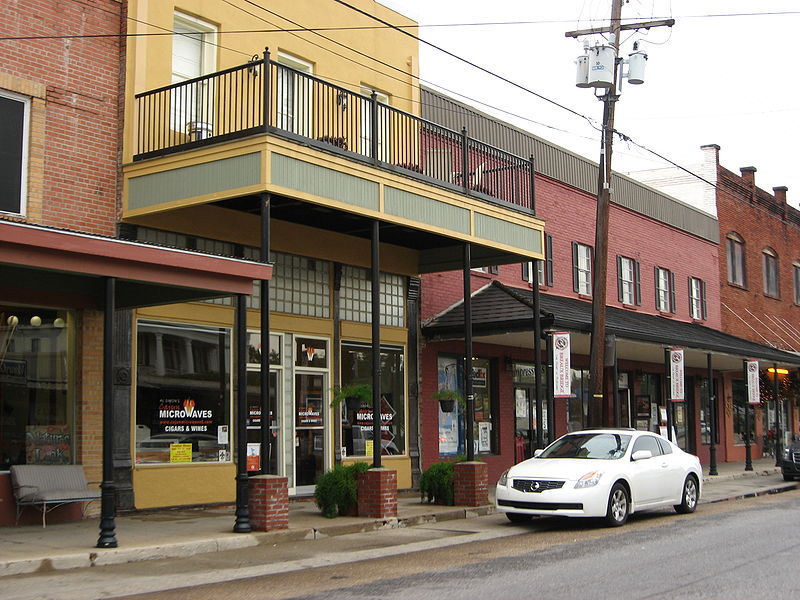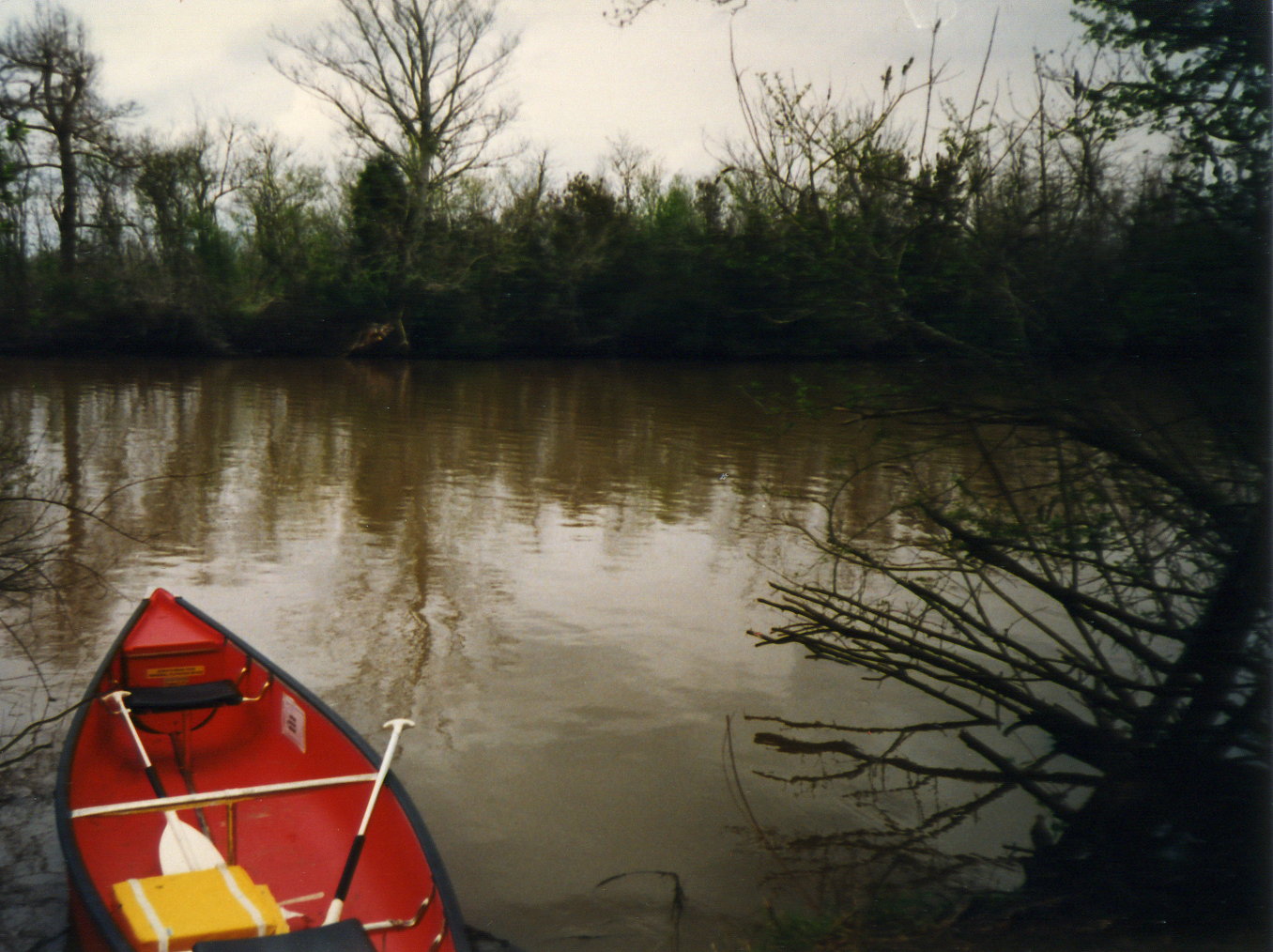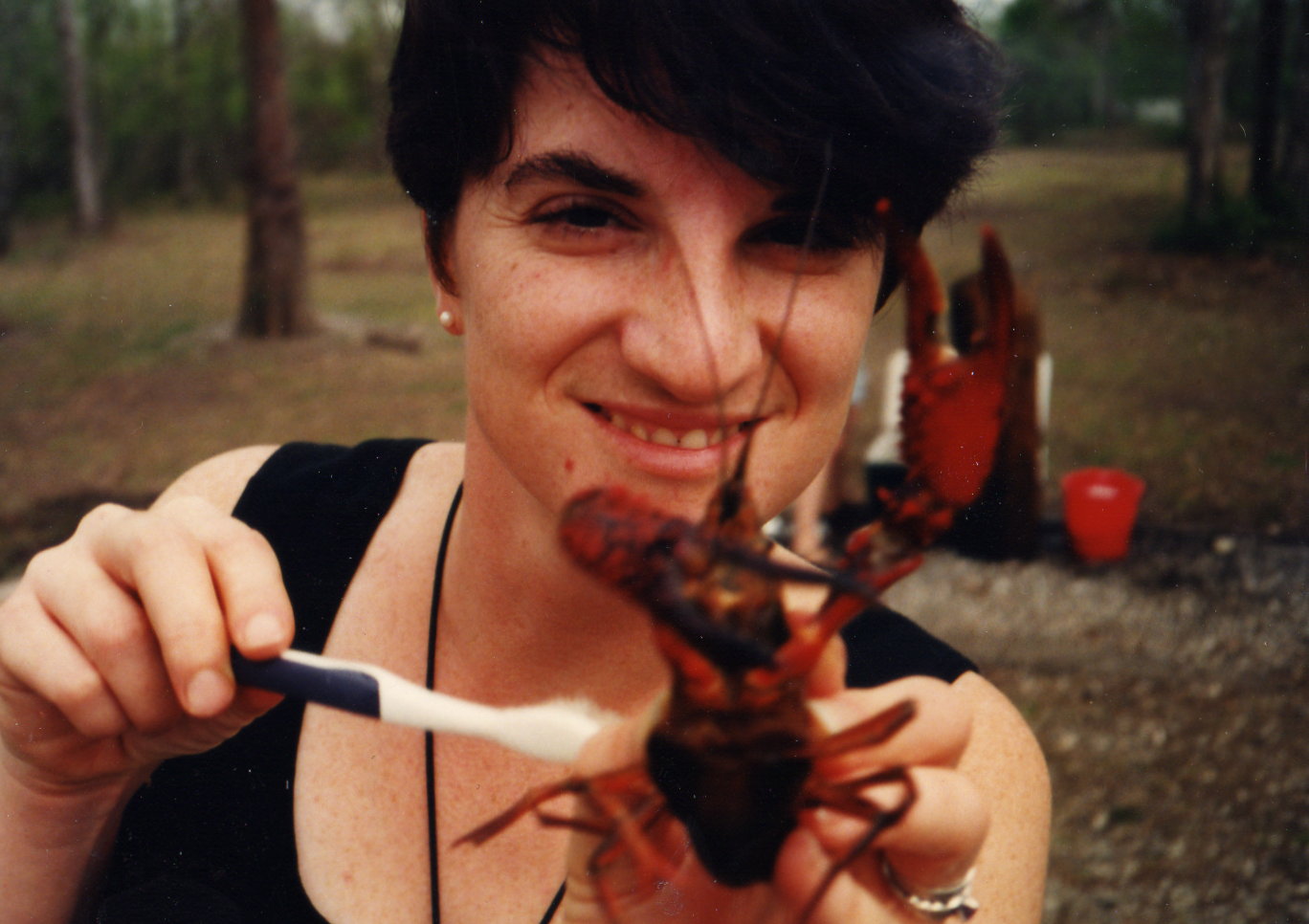Blue Highways: Breaux Bridge, Louisiana
Unfolding the Map
Click on Thumbnail for MapWe make a quick stop with William Least Heat-Moon (LHM) in Breaux Bridge for some crawfish in the Crawfish Capitol of the World. Read on and join the spicy feast! If you want to consult the map to see where Breaux Bridge lies in Acadiana, click the thumbnail of the map on the right.
Book Quote
"The menu claimed the catfish were fresh because they had slept the night before in the Atchafalaya. All well and good, but it was little crustaceans I was after. As journalist Calvin Trillin once said, the Atchafalaya swamp is to crawfish as the Serengeti is to lions. The waitress wore threads of wrinkles woven like Chantilly lace over her forehead and spoke her English in quick, rounded Cajun measures. She brought a metal beer tray piled with boiled, whole crawfish glowing the color of Louisiana hot sauce. I worked my way down through the stack. The meat was soft and piquant, sweeter than shrimp, but I had no stomach for the buttery, yellow fat the Cajuns were sucking from the shells.
The waitress said, 'Did they eat lovely like mortal sin?' and winked a lacy eyelid. 'You know, the Cajun, he sometime call them 'mudbugs.' But I never tell a customer that until he all full inside. But the crawfish, he live smilin' in the mud, he do."
Blue Highways: Part 3, Chapter 11
 Downtown Breaux Bridge, Louisiana. Click on photo to go to host site at Wikipedia.
Downtown Breaux Bridge, Louisiana. Click on photo to go to host site at Wikipedia.
Breaux Bridge, Louisiana
I finally get to write about, at least in the context of Blue Highways, about a place I have been. And yes, it involved crawfish in the "crawfish capitol of the world." This blog is not only about journeys chronicled in the books I map, but also about where those journeys take me in my own experiences and imagination. While I have a lot of imagination, it's nice to sometimes be able to write about a place where I've actually been.
My experience of Breaux Bridge involved a long drive, a campsite along the bayou, a whole mess of crawfish, and some weed. While living in San Antonio, I would say the year was roughly 1993, my wife and I made plans to meet friends, a couple from Wisconsin who we met during my wife's graduate studies at Marquette, in Breaux Bridge for a weekend camping trip. It was only the second time we'd driven into Louisiana - the first was a trip to New Orleans - and we didn't know what to expect camping. We knew that Breaux Bridge was close to the Atchafalaya Basin, so I was picturing swamps. We knew that it was in Cajun country, which was quickly confirmed when we crossed into Louisiana and heard the Cajun French of DJs on radio stations and the accordion driven sound of music. From San Antonio to Breaux Bridge was roughly a 7 hour drive, as I remember it, and involved negotiating the traffic of Houston. But, after leaving early on a Friday we took Interstate 10 all the way across and found the campsite by late afternoon. I think that Dave and Leann were already there, so we set up our tent and spent an enjoyable evening next to a bayou that ran behind our tents.
 Bayou behind our Breaux Bridge campsite. Photo circa 1993 by Michael Hess.There were armadillos in the vicinity, and I had never really had much of a chance to observe these little critters. They looked like something out of the Pleistocene or other prehistoric age. They have long tails and snouts, and an armor shell to protect them. They snuffled around our campsite like little armored pigs, and I wasn't sure what they were after. If one of us startled one of them, it would jump straight up in the air, and run off. I also heard that when threatened they can curl themselves up into impenetrable little balls of armor, but I never saw that. I was a little bit wary to go near them, because I had heard that they can carry the bacteria that causes leprosy. The last thing I wanted was a disease that would cause my extremely helpful extremities and other parts to rot off.
Bayou behind our Breaux Bridge campsite. Photo circa 1993 by Michael Hess.There were armadillos in the vicinity, and I had never really had much of a chance to observe these little critters. They looked like something out of the Pleistocene or other prehistoric age. They have long tails and snouts, and an armor shell to protect them. They snuffled around our campsite like little armored pigs, and I wasn't sure what they were after. If one of us startled one of them, it would jump straight up in the air, and run off. I also heard that when threatened they can curl themselves up into impenetrable little balls of armor, but I never saw that. I was a little bit wary to go near them, because I had heard that they can carry the bacteria that causes leprosy. The last thing I wanted was a disease that would cause my extremely helpful extremities and other parts to rot off.
One of our party brought some pot with him, and in the spirit of things we smoked a joint with him. I was a little nervous, thinking that Louisiana State Troopers would show up any minute, bust us, and then I'd have to figure out how to keep myself safe in the Louisiana State Penitentiary or something, but of course I was overimagining things. It was actually quite nice and mellow.
 My wife, Megan, holding a freshly scrubbed live crawfish. Photo circa 1993 by Michael Hess.But the real treat, and an all day affair, was getting a 25 pound bag of live crawfish at a local store. We spent pretty much the entire day scrubbing the little guys with toothbrushes to get the mud off, and then throwing them into a pot with crab boil to season them. I kind of hated throwing them into the pot, because I got kind of attached to them, but they made for great eating and there were a lot of them in 25 pounds. Of course, the dead ones got thrown away into the bayou - you have to eat live ones because the fish spoils so quickly in the heat of the day. But there weren't that many dead ones and the feast we had was really nice.
My wife, Megan, holding a freshly scrubbed live crawfish. Photo circa 1993 by Michael Hess.But the real treat, and an all day affair, was getting a 25 pound bag of live crawfish at a local store. We spent pretty much the entire day scrubbing the little guys with toothbrushes to get the mud off, and then throwing them into a pot with crab boil to season them. I kind of hated throwing them into the pot, because I got kind of attached to them, but they made for great eating and there were a lot of them in 25 pounds. Of course, the dead ones got thrown away into the bayou - you have to eat live ones because the fish spoils so quickly in the heat of the day. But there weren't that many dead ones and the feast we had was really nice.
It was definitely a unique experience in camping for me to boil up some crawfish and eat it. I can't remember rightly but I think we may have gone to Mulate's in Breaux Bridge before we left for some Cajun cooking. Mulate's is a pretty famous place, and is also known as a place to hear good Cajun music. It has a branch in New Orleans, but the restaurant in Breaux Bridge is the original. If this is the restaurant that I am thinking of where we ate before we went our separate ways at the end of our camping trip, it is the same place where I learned a very valuable lesson. I will put my lesson on its own line so that you don't make the same mistake:
Michael's Law #52
Never let Louisiana Hot Sauce touch your fingers before you go to the bathroom. You'll begin to feel intense prickly hotness where you really don't want it!
Words to live by, all you Littourati out there.
If you want to know more about Breaux Bridge
Breaux Bridge Crawfish Festival
Breaux Bridge Live
Louisiana Travel.com: Breaux Bridge
Visitor's Guide to Breaux Bridge
Wikipedia: Breaux Bridge
Correction to above
Megan informs me that we went to Prejean's in Lafayette after our camping trip, not Mulate's in Breaux Bridge. But if you are in the vicinity, think about visiting either or both of these fine establishments for good Cajun food.
Next up: St. Martinville, Louisiana




 Wednesday, December 15, 2010 at 4:35PM
Wednesday, December 15, 2010 at 4:35PM

